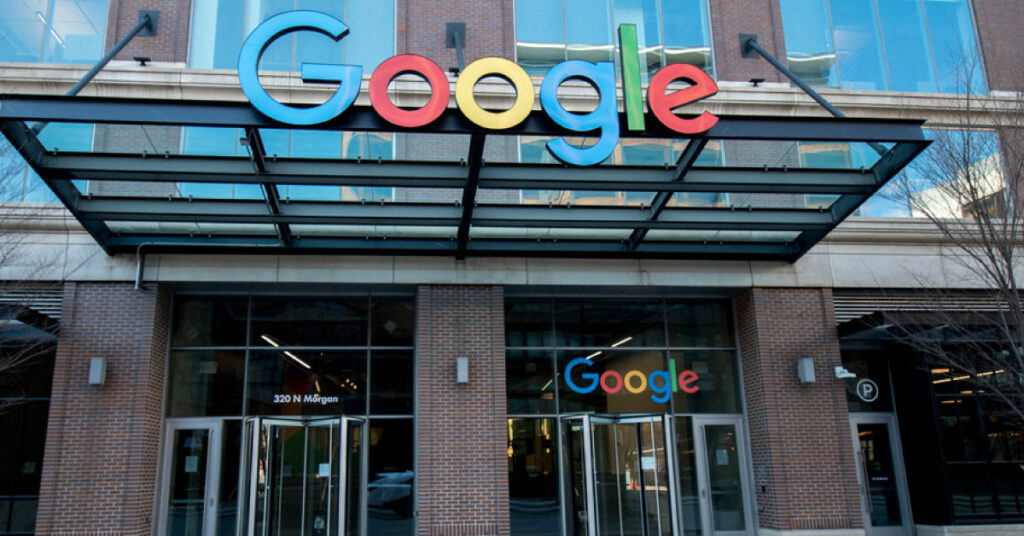Google announced its plans to purchase the St. John’s Terminal in Manhattan for a whopping USD 2.1 billion, on 21st September 2021 (Tuesday). This purchase is deemed as the biggest commercial real estate purchase in the United States of America since the COVID19 pandemic commenced.
Google’s new St. John’s Terminal purchase
The St. John’s Terminal is a former freight facility that was developed by the Oxford Properties Group. Google is now renovating the space with sustainable designs. The facility connects the Hudson Square neighborhood to the Hudson River waterfront. The company stated that the St. John’s Terminal will counterbalance 100% of its carbon to aid in Google’s climate goals.
The technology goliath already holds offices in a 12-story two-block building next to the West Side Highway since 2018. The St. John’s Terminal building encompasses a 1.3 million-square-foot area. The acquired building will also anchor the new Hudson Square campus which includes buildings at 315 and 345 Hudson Street respectively. Google already possesses 111 Eight Avenue and has purchased the Chelsea Market building for USD 2.4 billion a few years ago.
Google stated in a press release that the acquisition of the building will end by Q4 of 2022. The property is anticipated to be open by 2023 as Google’s new-fangled New York City headquarters.
Alphabet and Google Chief Financial Officer, Ruth Porat, stated in a press release that NYC’s creativity, vitality, and fast-paced lifestyle is what keeps the firm cemented into the Manhattan geography, through the purchase of St. John’s Terminal building.
Google established its presence in NYC more than 20 years ago and currently houses approximately 12,000 employees in the city. The firm is planning to expand its employee capacity by adding another 2,000 employees to the freshly acquired Lower Manhattan building.
Blair Coulson, Vice President & Senior Credit Officer at Moody’s Investors Service, stated that Google’s move to root itself to NYC reflects on the company’s belief in the area’s growing business opportunities, despite high taxes and rents. Coulson stated that the expansion of the firm in New York City will allow the firm to accumulate collaborations and talents into its work culture.
Torrence Boone, Vice President for Global Client and Agency solutions for Google, stated that the company is devoted to a fusion work model at present. In August 2021, Google and Alphabet CEO Sundar Pichai stated that the firm was stretching its return-to-office plan until January 10, 2022. This extension is witnessed to allow more Googlers elasticity and the benefit of choice as they come back.
The purchase of St. John’s Terminal will also allow refurbishing at Pier 57, which is to be finished by 2022 to provide an expanded area for the firm’s office space, community space, galleries, a public food hall, and a large public rooftop space.
Mayor Bill de Blasio stated at a press briefing on 21st September that the firm sees a strong vote of confidence in New York City. The mayor said that this endeavor would boost the economy and provide a larger base of good-paying jobs. The firm will boost New York City’s economic comeback from the pandemic’s devastating effects. Mayor Bill de Blasio explained that the firm’s headquarters in New York City would make the American city one of the greatest technology capitals in the world.
The Executive Director of The Greenwich Village Society for Historic Preservation, Andrew Berman, stated that the firm’s presence in the city would hamper the area’s housing units. With a surge in tech-office buildings, Berman pointed out the destruction of historic buildings. Berman emphasized that a balance between the housing development and the tech industry development was important to maintain the neighborhood’s aura and history.
